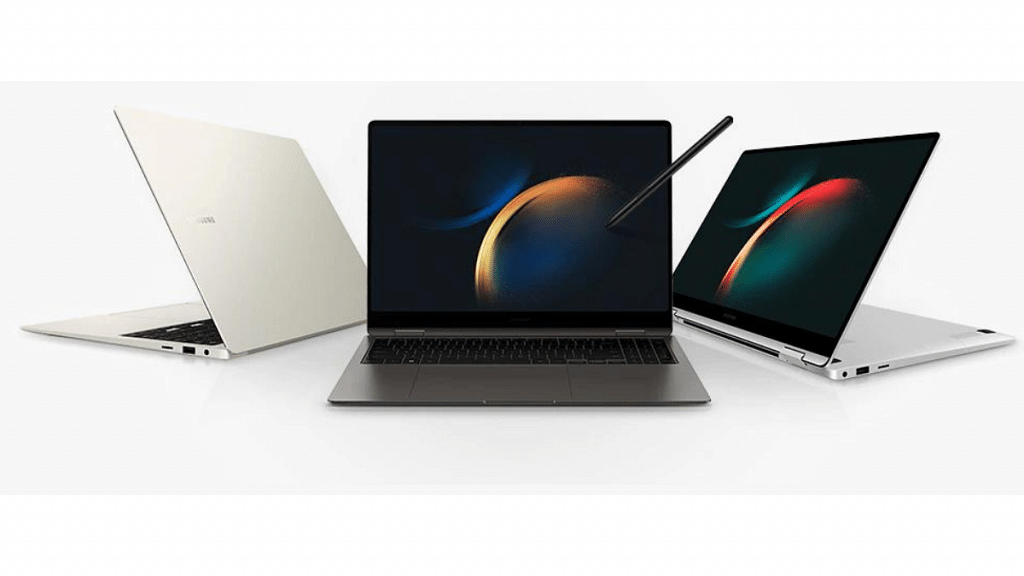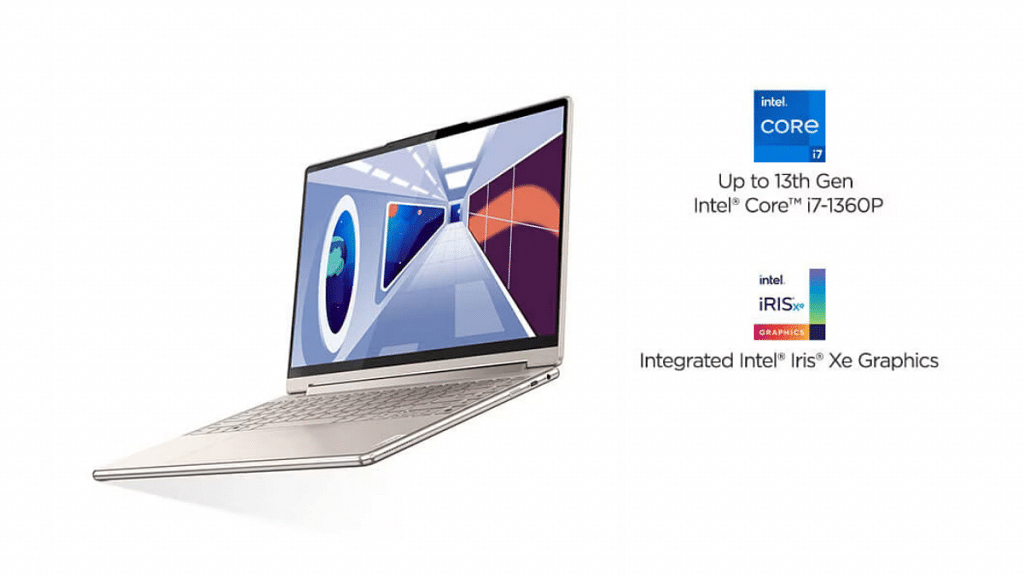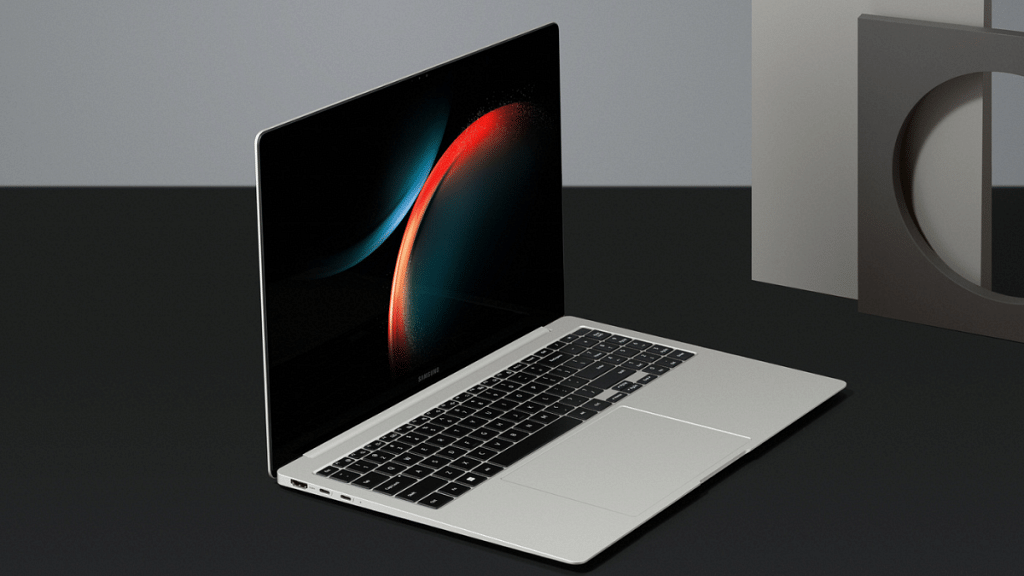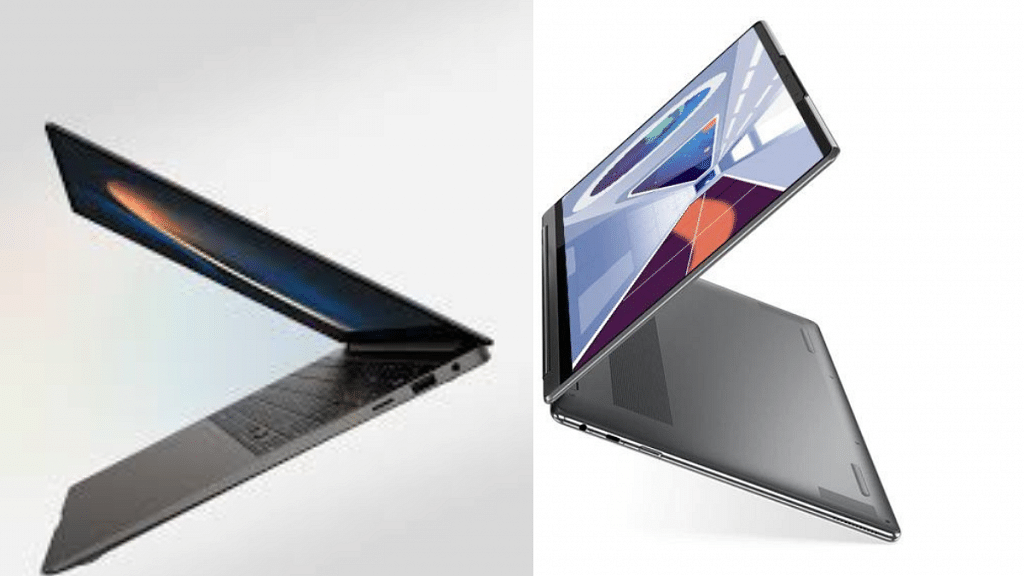
Key Highlights
- Lenovo Yoga 9i 14 (Gen 8) and Samsung Galaxy Book 3 Pro are both premium laptops with impressive features.
- Lenovo Yoga 9i 14 (Gen 8) and Samsung Galaxy Book 3 Pro both offers a superior display with a 2-in-1 design.
- Both laptops have excellent connectivity options and advanced security features.
- The Lenovo Yoga 9i 14 (Gen 8) is more expensive than the Samsung Galaxy Book 3 Pro, making it a more premium option.
In the competitive world of premium laptops, the Lenovo Yoga 9i 14 (Gen 8) and the Samsung Galaxy Book 3 Pro are two devices that stand out from the crowd. Both laptops boast powerful processors, ample storage, and stunning displays, making them popular choices for both personal and professional use. But which one is right for you?
In this article, we will compare the features, specs, and price of the Lenovo Yoga 9i 14 (Gen 8) and the Samsung Galaxy Book 3 Pro to help you make an informed decision.
| Model | Lenovo Yoga 9i 14 (Gen 8) | Samsung Galaxy Book 3 Pro |
| Display | 14-inch, 4K OLED | 16-inch, AMOLED |
| Resolution | 3840 x 2400 | 2880 x 1800 |
| Chipset | Intel Core i7-1360P | Intel Core i7-1360P |
| RAM | 16GB LPDDR5 | 16GB LPDDR5 |
| Storage | 512GB/1TB | 1TB |
| Battery | 76Wh | 63Wh |
| Price | Rs. 1,74,990 | Rs. 155,990 |
Also Read: Lenovo Yoga Slim 7i Carbon Laptop Review: Modern And Practical Solution For Premium Users
Lenovo Yoga 9i 14 (Gen 8) vs Samsung Galaxy Book 3 Pro: Display Features

When it comes to display features, both the Lenovo Yoga 9i 14 (Gen 8) and the Samsung Galaxy Book 3 Pro have impressive offerings. The Lenovo Yoga 9i 14 (Gen 8) comes with a 35.56cms (14) 4K OLED (3840 x 2400) display with an IPS panel, a 100% DCI-P3 colour gamut, and a 16:10 aspect ratio. It also has Vesa Certified Display HDR True Black 500 and Dolby Vision technology for enhanced picture quality. The display is a touchscreen with PureSight technology, providing a brightness of 400 nits and a refresh rate of 60Hz.
On the other hand, the Samsung Galaxy Book 3 Pro has a larger 16-inch touch display with a resolution of 2,880 x 1,800. It uses a 120Hz AMOLED 2X panel with a brightness of 400 nits and a 120 per cent DCI-P3 colour volume. The display is capable of showing high-quality content with rich colours and deep blacks.
Overall, both laptops have impressive displays, but the Samsung Galaxy Book 3 Pro’s larger touch screen and higher refresh rate give it an edge in this category.
Also Read: Samsung Galaxy Book 3 Pro Vs Lenovo Yoga Slim 7i Carbon: Which Should Be Your Bet?
Lenovo Yoga 9i 14 (Gen 8) vs Samsung Galaxy Book 3 Pro: Chipset, Battery

Under the hood, the Lenovo Yoga 9i 14 (Gen 8) boasts an up to 13th Gen Intel Core i7-1360P processor and up to Windows 11 Pro operating system, while the Samsung Galaxy Book 3 Pro features an Intel Core i7-1360P processor and Windows 11 Home.
In terms of battery capacity, the Lenovo Yoga 9i 14 (Gen 8) comes with a 76Wh battery that can last up to 10.5 hours on regular usage and up to 14 hours on1080p playback, with Rapid Charge Boost technology that provides 2 hours of usage with just 15 minutes of charging.
On the other hand, the Samsung Galaxy Book 3 Pro comes with a 63Wh battery that promises 7 hours of usage and is paired with Intel Iris Xe graphics and 16GB LPDDR5 memory.
Also Read: Lenovo Yoga 9i Debuts As India’s First Intel 13th Gen Laptop With Slim Convertible Design
Lenovo Yoga 9i 14 (Gen 8) vs Samsung Galaxy Book 3 Pro: Keyboard, Connectivity, Ports

Both the Lenovo Yoga 9i 14 (Gen 8) and Samsung Galaxy Book 3 Pro come with well-designed keyboards that offer a comfortable typing experience. The Yoga 9i has a backlit keyboard with a numeric keypad and a touchpad that supports gestures, while the Galaxy Book 3 Pro has a backlit keyboard with slight spacing between the keys and a touchpad that supports multi-touch gestures.
The Lenovo Yoga 9i 14 (Gen 8 offers slightly better connectivity options with WiFi 6E, Bluetooth 5.2, and a good selection of connectivity ports, including 2x USB-C Thunderbolt 4.0 (DisplayPort/power delivery/USB 3.2), USB-A Gen 3.2, USB-C 3.2 Gen 2 (full-function), and a headphone/mic combo. However, the Samsung Galaxy Book 3 Pro still offers a solid array of ports, including Wi-Fi 6E (Gig+), 802.11 ax 2×2, and Bluetooth 5.1. It also includes an HDMI port, which can be useful for connecting to external displays. Both laptops offer similar connectivity options, but the Yoga 9i with multiple ports may be more convenient for some users.
Also Read: Samsung Galaxy Book 3 Pro Vs Lenovo Yoga Slim 7i Carbon: Which Should Be Your Bet?
Lenovo Yoga 9i 14 (Gen 8) vs Samsung Galaxy Book 3 Pro: Price Compared
The Lenovo Yoga 9i 14 (Gen 8) is priced at Rs. 1,74,990, while the Samsung Galaxy Book 3 Pro is priced at Rs. 155,990. The Lenovo Yoga 9i 14 (Gen 8) is slightly more expensive than the Samsung Galaxy Book 3 Pro. However, it does come with some additional features such as the 2-in-1 portable design, IR camera, and longer battery life. Ultimately, the choice between the two laptops will depend on the user’s personal needs and preferences, as both laptops offer high-end performance and premium features.
Also Read: Lenovo IdeaPad 1 With AMD Ryzen 3 7320U CPU Announced In India: Full Specs, Price
Lenovo Yoga 9i 14 (Gen 8) vs Samsung Galaxy Book 3 Pro: Which Premium Laptop Is Better to Buy?

The Lenovo Yoga 9i 14 (Gen 8) has a stunning 4K OLED display with excellent colour accuracy, a versatile 2-in-1 design, and long battery life. It also has a comfortable keyboard and touchpad, and the audio quality is top-notch. It also has a slim and lightweight design, making it easy to carry around.
On the other hand, the Samsung Galaxy Book 3 Pro has a larger 16-inch AMOLED display with a 120Hz refresh rate which can also turn into a tablet, making it perfect for content creation and consumption. The battery life is impressive, and it has fast charging capabilities. However, it’s a bit on the heavier side, its battery capacity is less and it can get warm under heavy workloads.